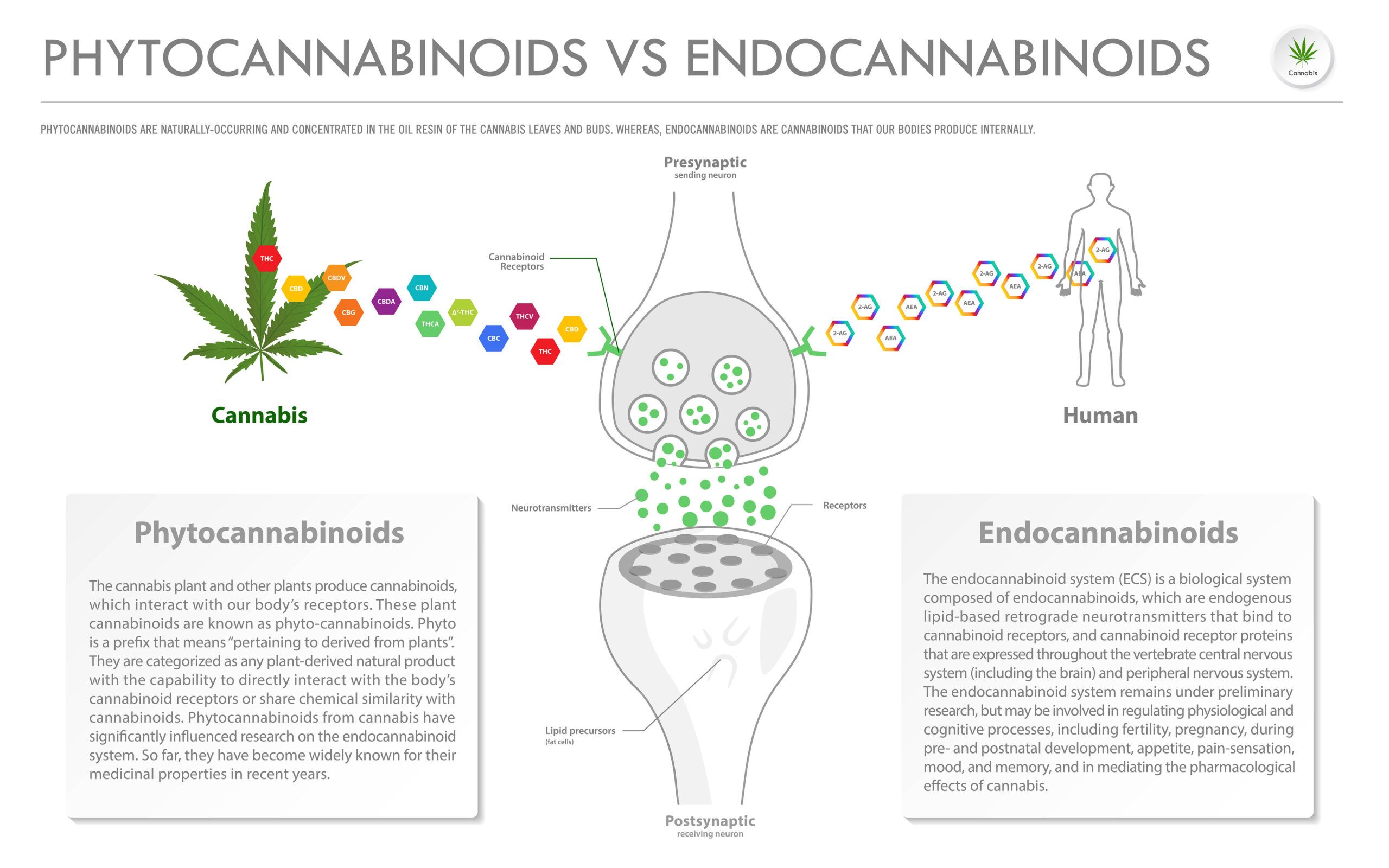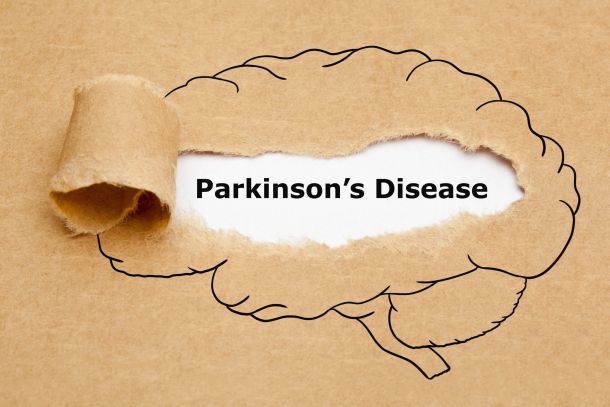How does Cannabis Fight Cancer?
Although Cannabis has yet to be scientifically proven as a cure for cancer, many forward-thinking countries have recognized the healing benefits of Cannabis.
There are numerous stories where Cannabis has gone beyond helping cancer treatment symptoms. We have witnessed Cannabis not only heal the damage Chemotherapy and radiation will do to the body but “miraculously” shrink tumors and kill cancer cells. Despite the endless cases of Cannabis proving itself to be a cure, many governments have refused to approve Cannabis as a treatment.
Understandably, the Cannabis plant is complex, containing over 600 compounds. Scientists and Doctors have yet to fully understand how each of these compounds interacts with the body but thankfully, there has been a lot of research showing this plant will not harm the body! Additionally, the Cannabis Plant produces the same cannabinoids that we have in our bodies already. This is the link to how Cannabis is able to fight off such powerful diseases as cancer.
The Endocannabinoid System
Inside of our bodies, we have a complex cell-signaling system called the Endocannabinoid system, ECS. This system involves three things, Endocannabinoids, Receptors, and Enzymes. It plays a role in creating homeostasis (the stability of your internal environment) in many areas of our body such as:
-
Appetite
-
Digestion
-
Metabolism
-
Chronic Pain
-
Mood
-
Inflammation and Other Immune Response Systems
-
Learning and Memory
-
Sleep
-
Cardiovascular Function
-
Muscle Formation
-
Bone Remodeling and Growth
-
Liver Function
-
Fertility and Reproduction System
-
Stress
-
Skin and Nerve Function
Throughout our bodies, we have two Endocannabinoid receptors, CB1 & CB2, that are responsible for receiving endocannabinoids. Our bodies naturally produce endocannabinoids in response to detected unhealthy cells. These Endocannabinoids attach to specific receptors that target the problem detected in the body. For example, Endocannabinoids might target CB1 receptors in a spinal nerve to relieve pain. Others might bind to a CB2 receptor in your immune cells to signal that your body’s experiencing inflammation, a common sign of autoimmune disorders. Once the Endocannabinoids have carried out their function, Enzymes are responsible for breaking them down.
When talking about Cancer, the key part of the Endocannabinoid system to understand is that it is responsible for Cell growth and Apoptosis. Apoptosis is the process of an unhealthy cell’s self-destruction without harming surrounding healthy cells. In order for our bodies to prevent cancer, we need a healthy internal environment and a strong endocannabinoid system. With this, our body is able to work efficiently at combating any new unhealthy cells.
Unfortunately, there are times our ECS is not able to work fast enough to keep up with the fast-growing and abnormally moving attributes of cancer cells. When our ECS falls behind, Cancer is too easily able to override the system. This is where Cannabis comes riding in on a magical white horse!

The Cannabis plant contains 144 different Cannabinoids. Yes, there’s that word again… The cannabinoids that come from a plant are called Phytocannabinoids and the cannabinoids that our bodies make are called Endocannabinoids. It turns out that our bodies recognize Phytocannabinoids and respond in very similar ways as they do to Endocannabinoids.
When we take the Phytocannabinoids from the Cannabis plant and Ingest or inhale them, they are able to attach to our CB1 and CB2 Receptors and activate the ECS to signal an antitumorigenic warning. Impairing cancer development through inhibiting reproduction, metastasis, and tumor angiogenesis (formation of blood cells). When tumors can no longer form new blood cells to be able to grow, Autophagy and Apoptosis begins; A type of programmed cell death accomplished through self-digestion in such a way that surrounding healthy cells are not affected.
Long story short, Phytocannabinoids become the booster that our ECS needs to catch up to the pace of which cancer cells grow and metastasize. Or in other cases, if our ECS is deficient due to other diseases, genetic mutations etc, the Phytocannabinoids enable to ECS to begin working properly.
How do I use Cannabis for Cancer?
While your body is combating diseases like Cancer it is important to keep it as healthy as possible! It is common knowledge that excess sugar, alcohol, and unhealthy fats can do a number on our bodies. Giving it a disadvantage in the playing field with Cancerous cells. Therefore, alongside a healthy diet, it is important to ingest Cannabis products with high concentrates of THC and CBD containing zero sugar. This means using pure oils and extracts as opposed to candy and food-related edibles. Furthermore, food edibles are inconsistent with dosage and would require large quantities to achieve the high doses needed to combat tumors and cancerous cells in the body.
Phoenix Tears
One of our sister company’s (TLC) most selling products is Phoenix Tears. It is a 93-95% pure THC oil product originally created to combat diseases such as cancer, Parkinson’s, and more. Using a pure form of THC creates simplicity in the monitoring of THC intake. Phoenix Tears come with a Cancer treatment program that has already been proven successful for many patients. You can find detailed information about how to use Phoenix Tears for Cancer HERE.
CBD Full Spectrum Oil
The second most important Cannabis product to incorporate in your Cancer treatment regime is called Cannabinoil. This is commonly known as CBD. You can find CBD in three forms, CBD Isolate, CBD Broad Spectrum, and CBD Full Spectrum. CBD Isolate contains only the Cannabinoid CBD, Broad Spectrum contains more components and cannabinoids of the Cannabis plant but not all, while the CBD Full Spectrum Contains ALL the components and cannabinoids of the Cannabis plant, including trace amounts of THC.
As we learned earlier, the Cannabis Plant contains 144 different Cannabinoids. Each of these cannabinoids attaches to different receptors in our endocannabinoid system. The more Cannabinoids we can intake, the better chance our system has at creating a sufficient response to attack Cancerous Cells. Cannabinoids work better together than apart. Creating a synergistic response: each enhancing and prolonging the medicinal benefits of the other. This makes it important to intake as many different Cannabinoids as possible, making CBD Full Spectrum the best choice.
If you are interested in learning more about how the Components of the Cannabis plant work together in regards to health benefits for our bodies read our article, The Beginners Guide to CBD, THC & Cannabinoids







